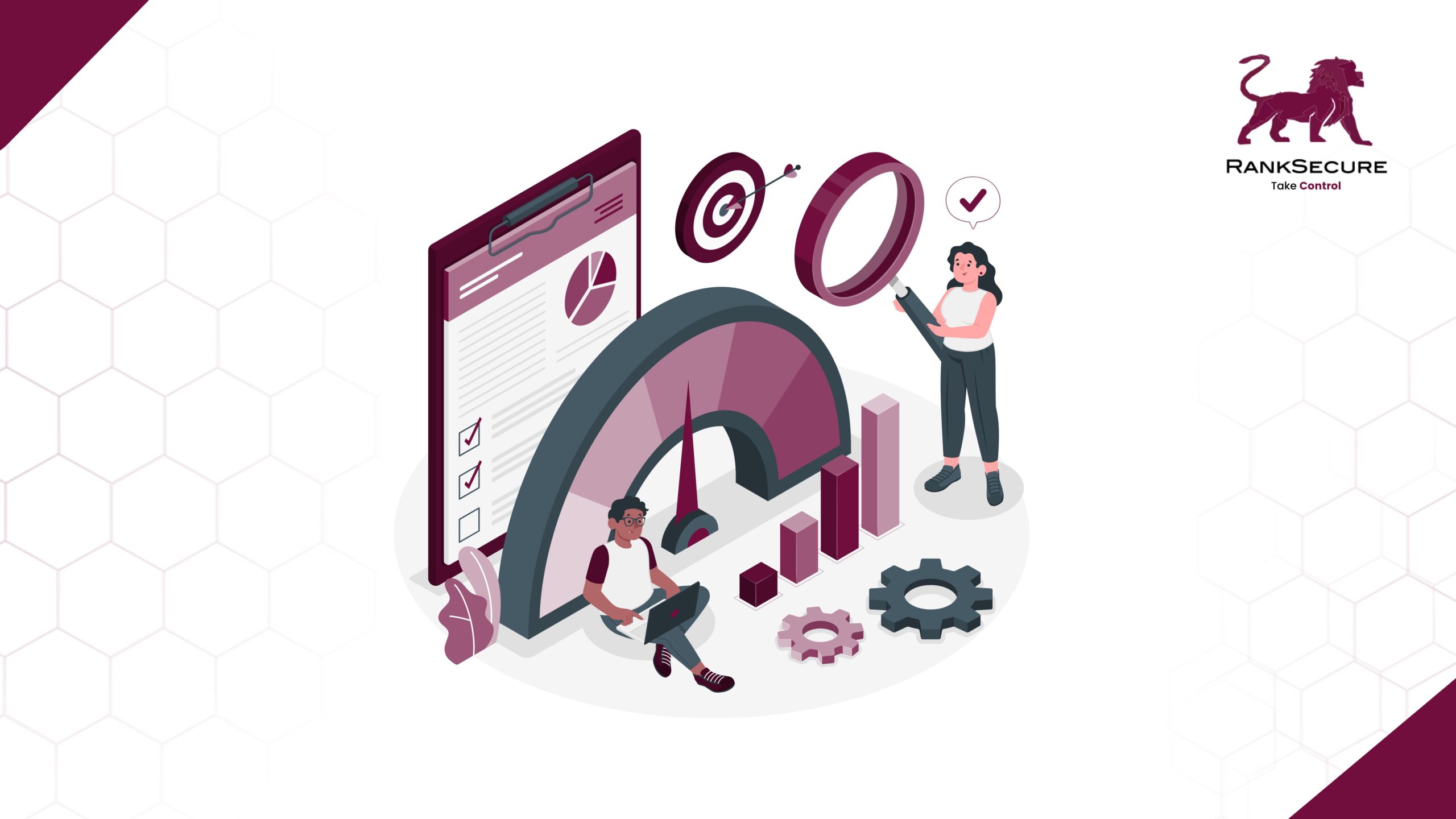
Exploring the Evolution of Vulnerability Assessment Services in the IT Industry
Introduction
Safeguarding digital ecosystems from potential threats has become an imperative in today’s interconnected world. Introducing Vulnerability Assessment Services: Key for Spotting and Ranking Weaknesses in Software and Networks.
This blog traces the growth of vulnerability assessment from basic origins to its current role in fighting cyber threats. We discuss how technology like AI and cloud computing has changed things. We also look at integrated security, real-world examples, and what the future holds, including AI automation and assessing business risks. Join us on this journey through the realm of vulnerability assessment and its significant impact on cybersecurity.
The Inception of Vulnerability Assessment
Vulnerability assessment services are crucial for protecting digital systems by identifying and addressing potential weaknesses in software, systems, and networks before they can be exploited by cybercriminals.
Vulnerability assessment, as we know it today, had its roots in the early days of computing. In the 1980s and 1990s, when the Internet was still in its infancy, the focus was primarily on network security and protecting systems from external threats. Basic tools were developed to identify open ports, misconfigured settings, and known vulnerabilities. However, the approach was relatively simplistic and lacked the sophistication required to combat increasingly sophisticated cyber threats.
Facing Challenges in Early Vulnerability Assessment: Driving Innovation
During the early stages of vulnerability assessment, significant challenges prompted innovation. The rapid growth of software led to a flood of vulnerabilities that overwhelmed traditional tools. These tools couldn’t keep up, resulting in a backlog of vulnerabilities needing attention. Moreover, accuracy suffered due to false positives and false negatives, making a more reliable approach necessary.
Integration issues among assessment tools caused fragmented security strategies. Non-standard reporting formats hindered communication between security teams, complicating the prioritization and fixing of vulnerabilities. These limitations spurred a transformational shift in vulnerability assessment methods.
Technological Advancements: A New Era of Vulnerability Assessment
As cyber dangers got smarter, vulnerability checks changed a lot. Better technology helped make assessment tools more accurate. Things like machine learning and artificial intelligence (AI) started to find problems better, making fewer mistakes.
Also, with cloud computing and the Internet of Things (IoT), there were new problems to solve. New tools came out for the cloud and IoT, keeping up with the changes in technology.
The Paradigm Shift: Integrated Security and Continuous Monitoring
The evolution of vulnerability assessment led to a big change in how security works, with a focus on keeping everything safe all the time. Recognising that cybersecurity is not a one-time effort, but an ongoing process, IT experts started embracing a holistic approach. This shift involves combining vulnerability assessment with other security measures such as penetration testing, threat intelligence, and risk management.
Continuous monitoring, fueled by automation and real-time threat detection, allows you to identify and address vulnerabilities as they arise. This proactive approach significantly reduces the window of opportunity for attackers, enhancing the overall security posture.
Events that triggered the need for vulnerability assessment
- Equifax Data Breach: The 2017 Equifax breach underscored the importance of vulnerability assessment. A known vulnerability in Apache Struts, a web application framework, was exploited, leading to a massive data breach. This incident emphasised the significance of timely patching and vulnerability management.
- Heartbleed Bug: The Heartbleed bug, discovered in OpenSSL in 2014, showcased the need for comprehensive vulnerability assessment. This vulnerability, which exposed sensitive data, highlighted the importance of not only identifying but also mitigating vulnerabilities promptly.
- Bug Bounty Programs: Many organisations have implemented bug bounty programs, inviting ethical hackers to identify vulnerabilities for a reward. These programs incentivise researchers to find vulnerabilities that might otherwise go undetected.
Conclusion
Vulnerability assessment has come a long way, evolving from basic network scanners to a crucial part of modern cybersecurity. Challenges in the beginning led to innovations, especially with AI and machine learning. IT experts should remember to be adaptable, using integrated security strategies and continuous monitoring to stay safe from changing threats. Understanding and using the latest approaches will help you stay ahead in cybersecurity.
Recent Posts
How to Implement IT Asset Management for Maximum ROI
Organisations are not breached because their defences failed. They are breached because their visibility did. In most enterprises, the issue is not that assets are unmanaged. It is that too many are unaccounted for. Legacy systems operating outside policy. Cloud workloads deployed beyond governance. Endpoints that no
How VAPT Supports Zero Trust Security Models
If Something Can Go Wrong in Security, It Eventually Will That’s the reality Zero Trust is built for. It assumes users will click what they shouldn’t. Devices will connect from untrusted networks. Credentials will leak. And one misconfigured rule can open access far beyond what was intended.
How GRC Tools Help Finance, Healthcare & Retail Teams
No risk or compliance team ever sets out to operate in abstraction. Yet that’s exactly what happens when sector context is stripped from the systems that underpin decision-making. It’s not about whether the frameworks are there because they are. The problem is that they’re misaligned with how each







